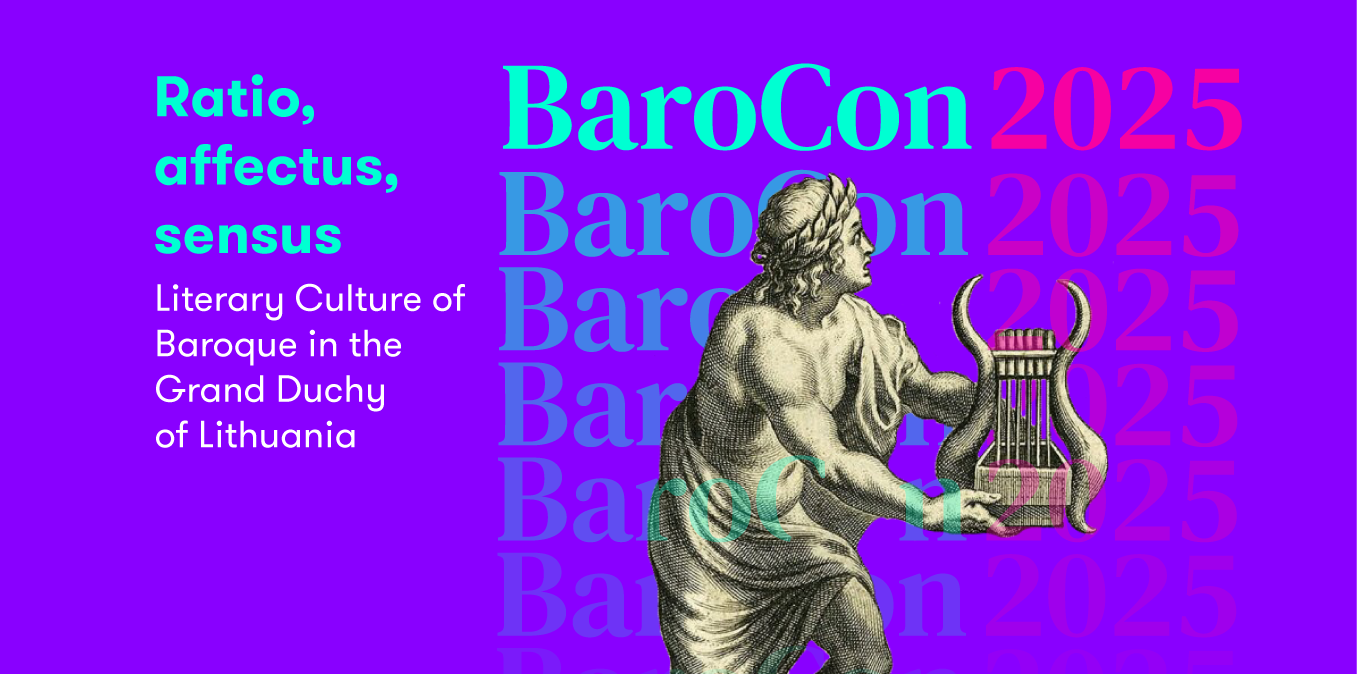
Marc Laureys
‘Parodia’ in the Lyrical Poetry of Albertus Ines SJ
Marc Laureys
'Parodia' in the Lyrical Poetry of Albertus Ines SJ
Recent scholarship has shown that the literary practice of 'parodia' was far more wide-spread and much more variegated than previously assumed. To date, investigations have focussed too exclusively on the large collections of 'parodiae' that were produced in the late sixteenth and early seventeenth centuries, predominantly in Northern Germany and Silesia, by Protestant authors. The Neo-Latin tradition of 'parodia', however, started much earlier and developed in Catholic areas as well. More case studies are needed to better understand the nature and extent of this peculiar phenomenon in Neo-Latin literature. In this paper, I propose to analyze the ‘parodical’ practice in the lyrical poetry of Albertus Ines (1619-1658). Along with Andreas Kanon (1612-1685), Ines is the most important Neo-Latin poet from the Polish–Lithuanian Commonwealth who followed in the footsteps of Matheus Casimirus Sarbievius. Even so, Ines not only wrote, as a self-proclaimed "vates Marianus", lyrical poetry in the manner of Sarbievius, but also seven "centuriae" of epigrams, which earned him the title of "Martialis Sarmaticus". Just like Ines’s Neo-Latin poetry in general, his handling of 'parodia', too, is marked by tradition and innovation. In his "Lyrica", a number of conventional 'parodiae Horatianae' can be found, whereas Ines breaks new ground with his "Horologium Marianum", a set of seven 'parodiae' in Sapphic stanzas of the rhythmic poems that are part of the "Officium Parvum Conceptionis Immaculatae Beatae Virginis Mariae", which harks back to the end of the fifteenth century. In my paper, I intend to analyze Ines’s ‘parodical’ technique in the double context of the history of Neo-Latin 'parodia' and Sarbievius’s influence on Ines’s poetry.